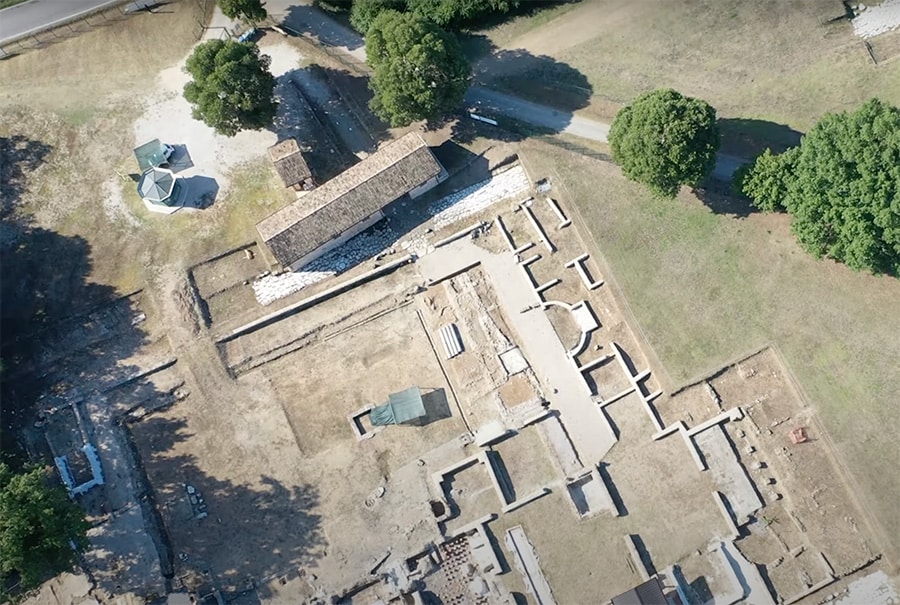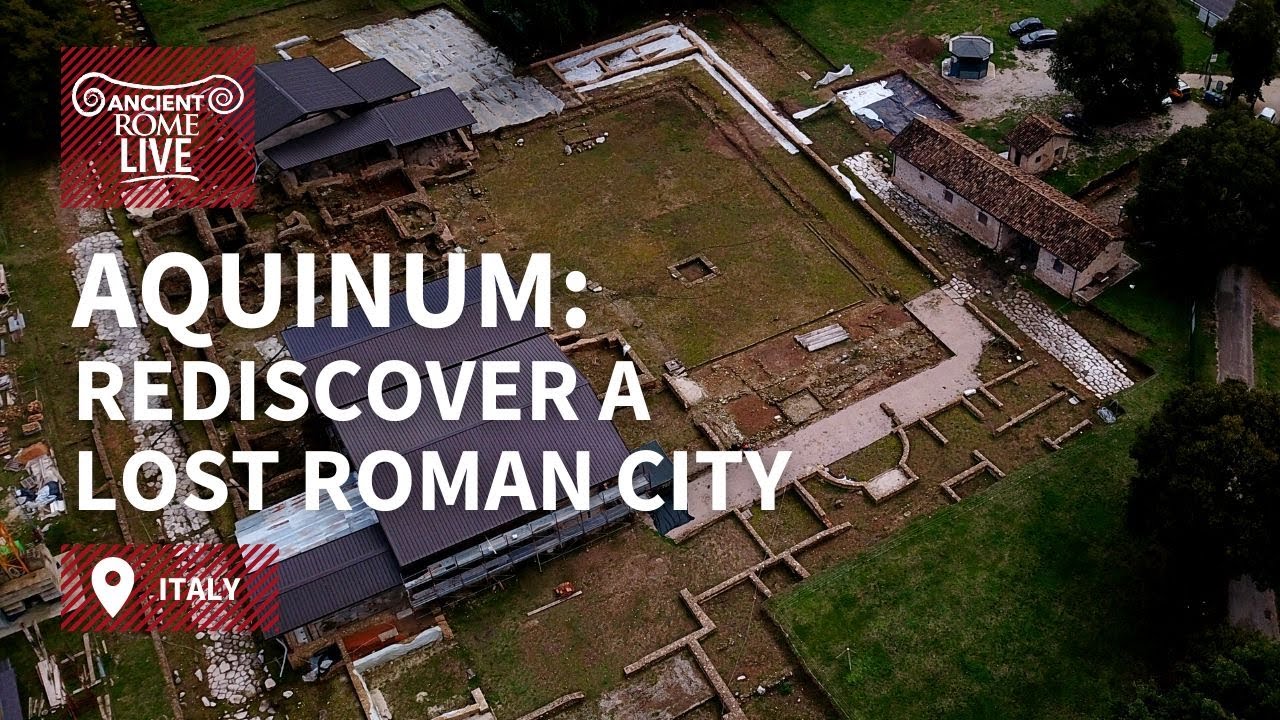Start with our video overview:
Aquinum was an ancient Roman city located in Central Italy, about 76 miles (122 km) from Rome. The city’s name comes from the Latin word for water, aqua, because of the many natural springs nearby. Originally founded by the Volsci, an Italic tribe, Aquinum was conquered by the Roman Republic in the 4th century BCE and quickly became a prosperous city. Its location along the Via Latina, a Roman road connecting it to other cities in Latium, contributed to its growth.
During the imperial period, Aquinum gained many typical Roman features such as baths and theaters. Juvenal, the famous Roman satirist, was born in Aquinum around 55 BCE. The city remained important through Late Antiquity, and a diocese was built there in 450 CE. However, as Italy entered the Middle Ages, Aquinum was largely forgotten and only began to be excavated in 2009.
Modern visitors to Aquinum can marvel at impressive remains from its imperial peak. These include a massive temple to the goddess Diana and a theater. Marble portraits of Augustus and Julius Caesar were discovered near the theater during recent archeological investigations. The largest site in the ancient city is its bath complex. The remnants of a Hadrianic portico is still visible, along with two separate bathing facilities used for men and women. These facilities feature mosaics with exotic subjects, such as a rhinoceros and the Egyptian god Anubis, highlighting the cosmopolitan character of the Roman Empire.
Bibliography
- Britannica, The Editors of Encyclopaedia. (2014). “Aquino.” Encyclopedia Britannica. https://www.britannica.com/place/Aquino.
- Poteat, H. M. (1922). “De Vita Iuvenalis.” Studies in Philology, 19(4), 414–428. http://www.jstor.org/stable/4171836.
- Stillwell, Richard. “Aquinum.” The Princeton Encyclopedia of Classical Sites. https://www.perseus.tufts.edu/hopper/text?doc=Perseus:text:1999.04.0006:id=aquinum.
- The Roman Empire in the First Century. (2006). “Juvenal.” PBS. https://www.pbs.org/empires/romans/empire/juvenal.html.
This content is brought to you by The American Institute for Roman Culture, a 501(C)3 US Non-Profit Organization.
Please support our mission to aid learning and understanding of ancient Rome through free-to-access content by donating today.
Cite This Page
Cite this page as: Darius Arya, The American Institute for Roman Culture, “The lost Roman city Aquinum” Ancient Rome Live. Last modified 09/27/2024. https://ancientromelive.org/the-lost-roman-city-aquinum/
License
Created by The American Institute of Roman Culture, published on 07/27/2024 under the following license: Creative Commons: Attribution-NonCommercial-ShareAlike. This license lets others remix, tweak, and build upon this content non-commercially, as long as they credit the author and license their new creations under the identical terms. Please note that content linked from this page may have different licensing terms.



